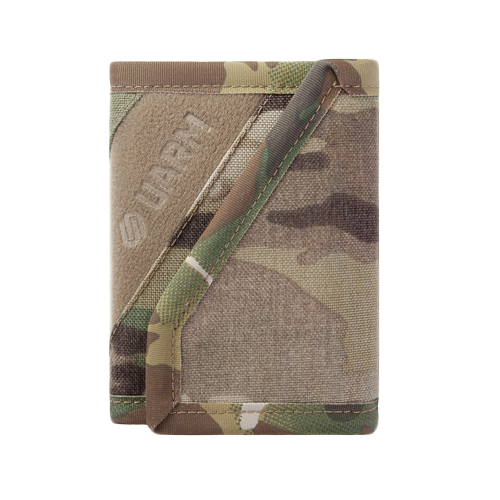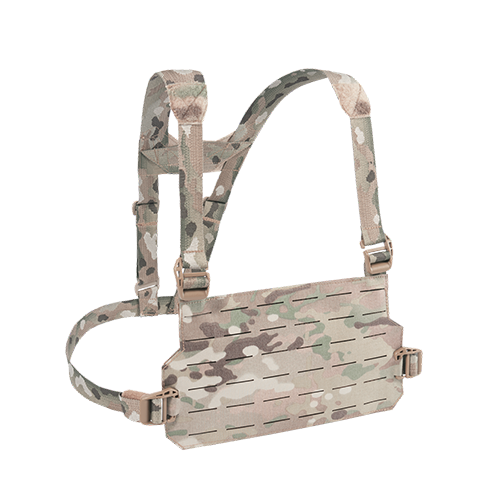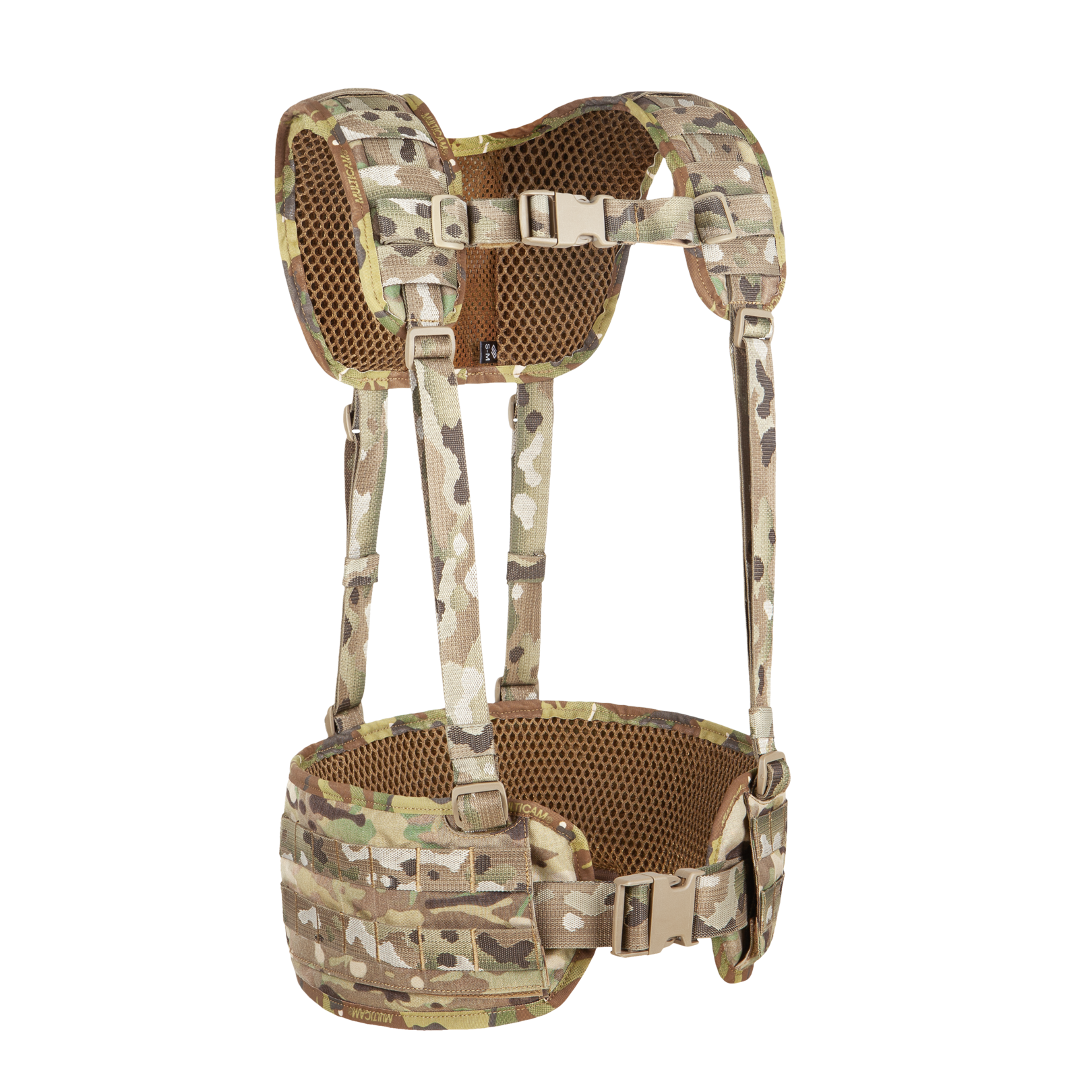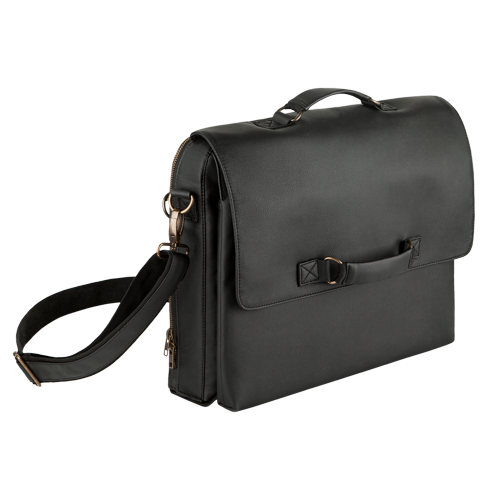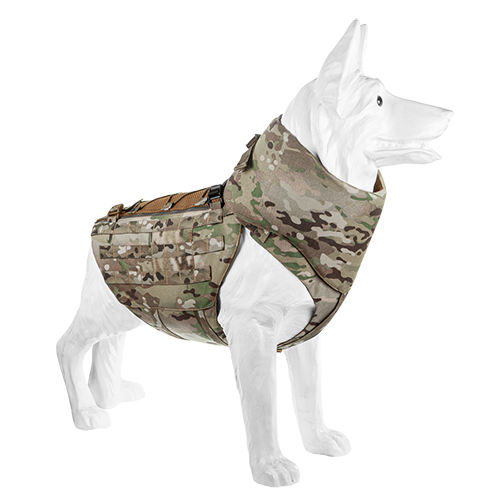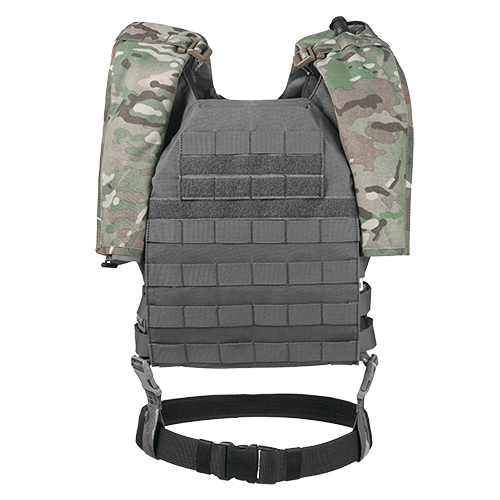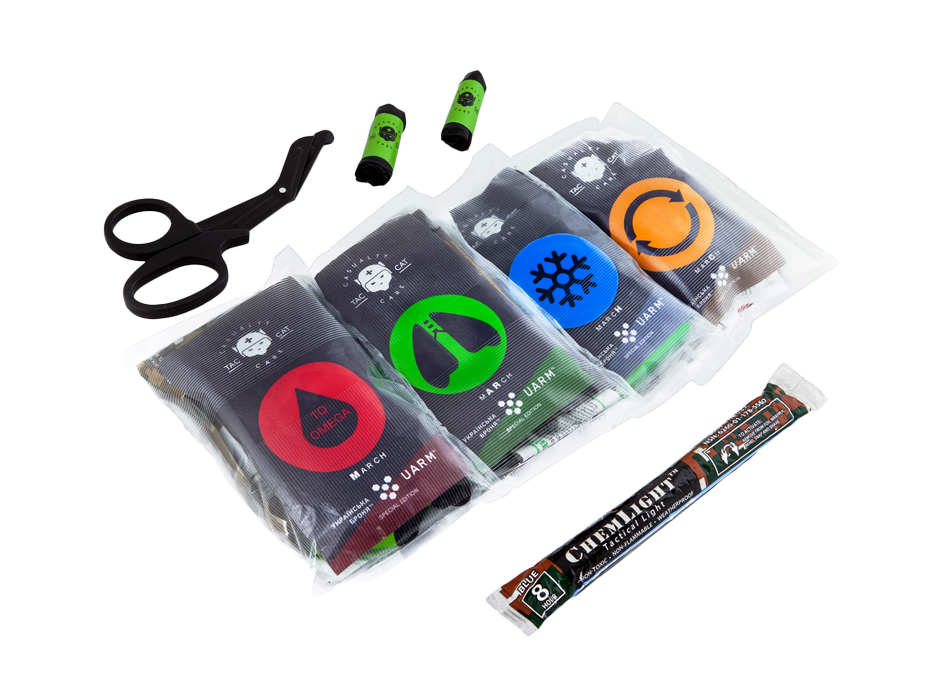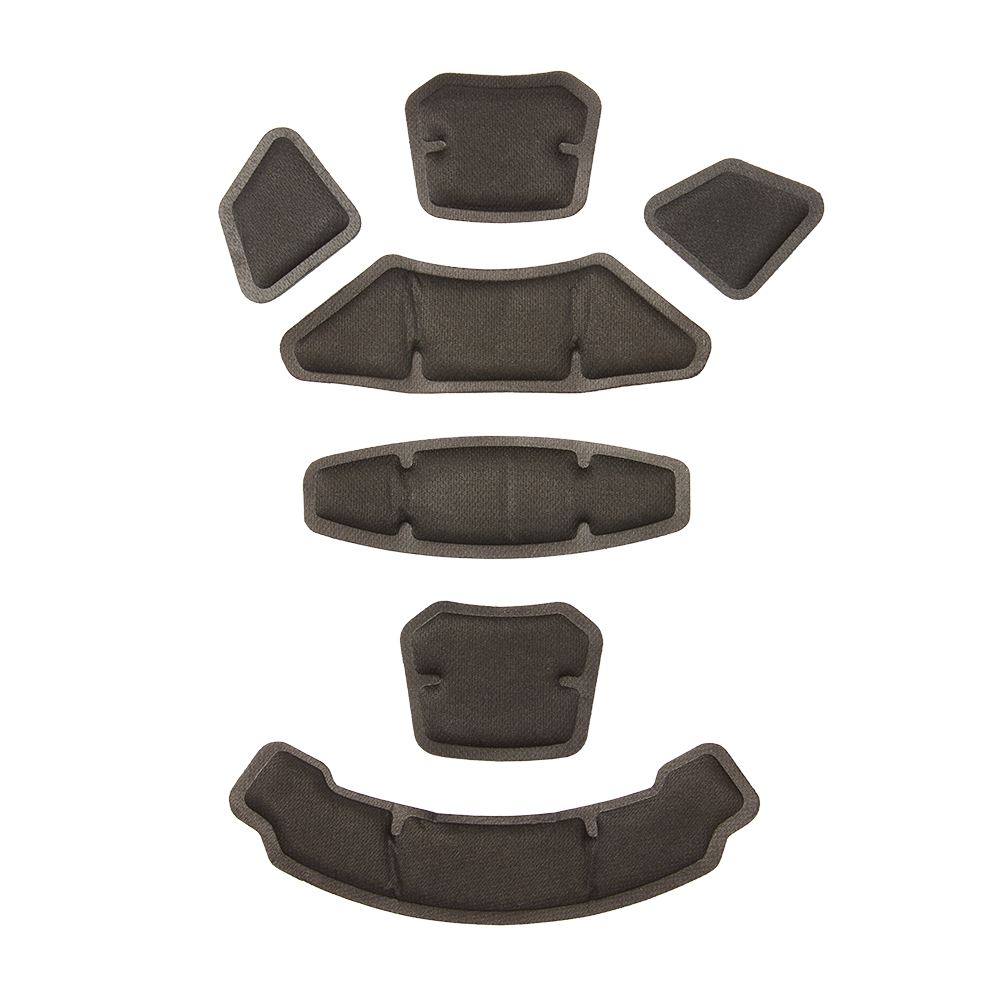Sort by Relevance
Sort by
- Relevance
- Lowest price
- Top customer rating
- Highest price
In Stock
Color

MultiCam
Coyote
Ranger Green
Black
Price
$
- $0
- $100
- $200
- $300
- $400
$
- $100
- $200
- $300
- $400
Size
S/XL
Shop By
Military
8
Advanced Filters
Protection Level
Level 2 body
armor
8
Level 2 body
armor
8
Level 2 body
armor
8
Level 2 body
armor
8
Level 2 body
armor
8
Level 2 body
armor
8
Protection
Level 2 body
armor
8
Level 2 body
armor
8
Level 2 body
armor
8
Level 2 body
armor
8
Level 2 body
armor
8
Level 2 body
armor
8
Tactical maritime gear, including marine inflatable attachments, are a wide range of tactical and battlefield products that are adapted to missions at sea. The idea behind them is not only to be protected from the enemy but from the water itself, which is often even more dangerous.
There are three aspects that any type of maritime gear needs to have:
- Light and maneuverable
- Water-resistant or waterproof
- Buoyant or inflatable
